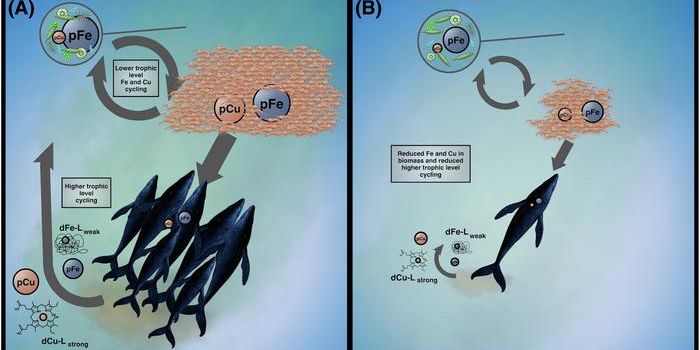Ammonium Nitrate the Nitrogen-Rich Compound Behind the Mega Blast in Beirut
Last Tuesday, twin explosions ruptured the sky of Beirut, the Lebanese capital city. The second blast's shockwave was so powerful, equivalent to that released by a 1.2 kiloton-TNT explosion, it wiped out numerous buildings and registered a seismic activity reading of 3.3.
The explosions left 220 dead, over seven thousand wounded, and about 300,000 residents homeless. Even though humanitarian aids have been pouring into the city, the devastation of this scale would take the local community decades to recover. (Want to pitch in but don't know how? Take a look at this list put together by the New York Times).
The preliminary investigation traced the source of the explosions to nearly three thousand tonnes of ammonium nitrate (NH4NO3), which was confiscated six years ago by the local authority and has since been stored in a port facility unsafely.
Lebanon: Aerial Shots Show Devastated Beirut Port (VOA News)
NH4NO3 is a nitrogen-packed molecule. Nitrogen, leading the group of pnictides (originating from the Greek word "pnigein", meaning "to choke"), is quite stable in its pure form as a gas. But the same cannot be said about its compounds. It's such an important element that its chemical concoctions have massive implications in the life and death.
It's hard to imagine what our planet would look like without nitrogen since the genetic materials of all life forms on Earth comprise of DNA and RNA nucleobase. Not to mention that amino acids, the small organic molecules with a primary amine (NH2-) functional group, also make up different kinds of peptides, enzymes, and proteins.
NH4NO3, the white crystalline salt at the center of the accident, is a popular fertilizer in agriculture, consumed at tens of millions of tonnes annually, due to its high nitrogen content. Unfortunately, our star fertilizer is also highly hazardous due to its explosive nature: Wikipedia keeps a dedicated page regarding the disasters resulted specifically from the mishandling of this compound. It lists events spanning across the entire 20th century and tallies a death toll by the thousands.
It is believed that over the six years of improper storage, the huge pile of chemical absorbed moisture and coalesces into gigantic, compacted blocks. When exposed to intense heat, NH4NO3 decomposes, producing nitrous oxide, water vapor along side with a stream of thermal energy. In its compact form, the compound's domposition can turn into an explosive, runaway reaction. When the massive pressure built up beyond the tolerable threshold within those giant blocks, tragedy then unfolded with the blast wiping out a large part of the seaside city.
Source: Nature News









